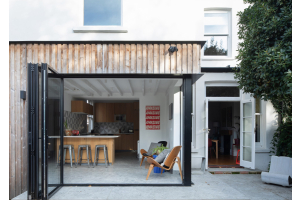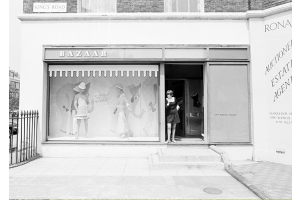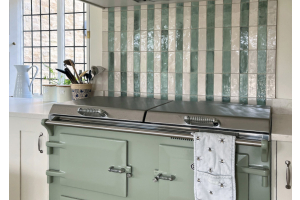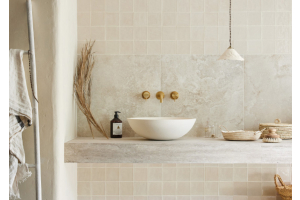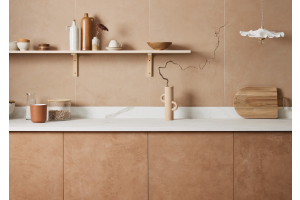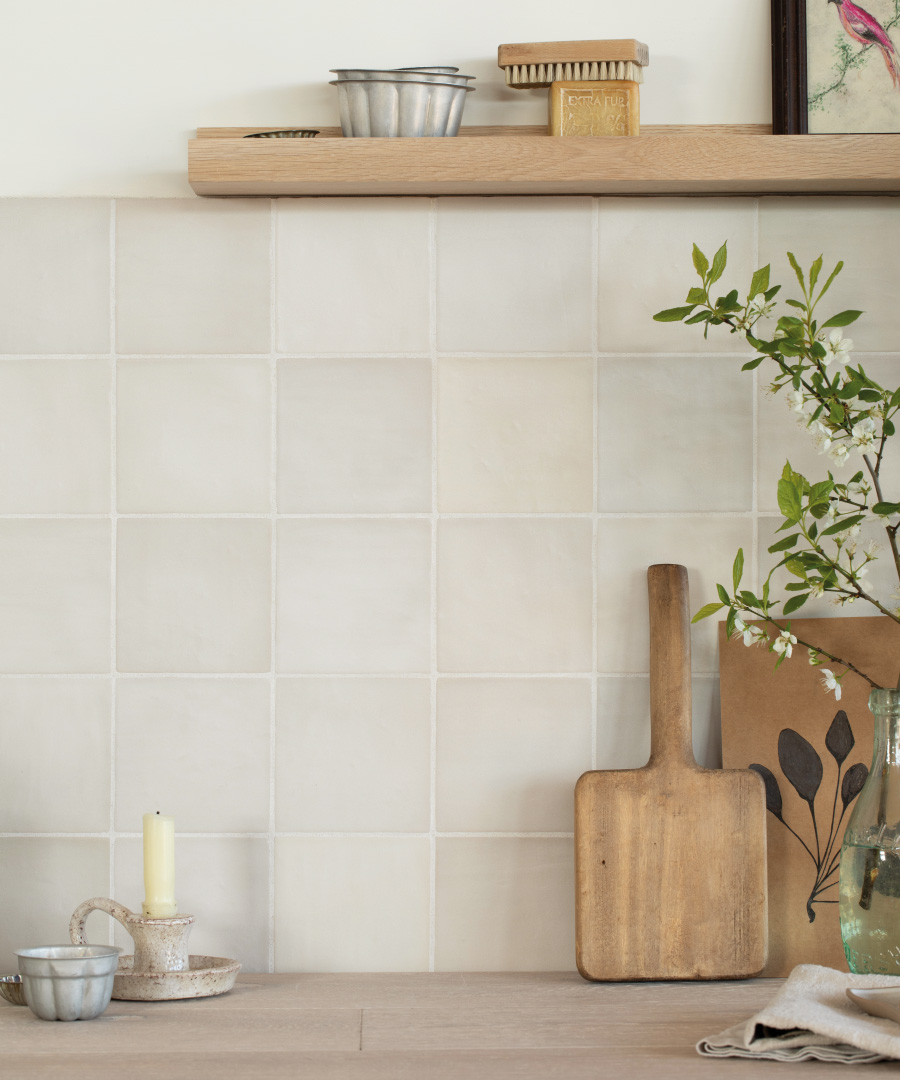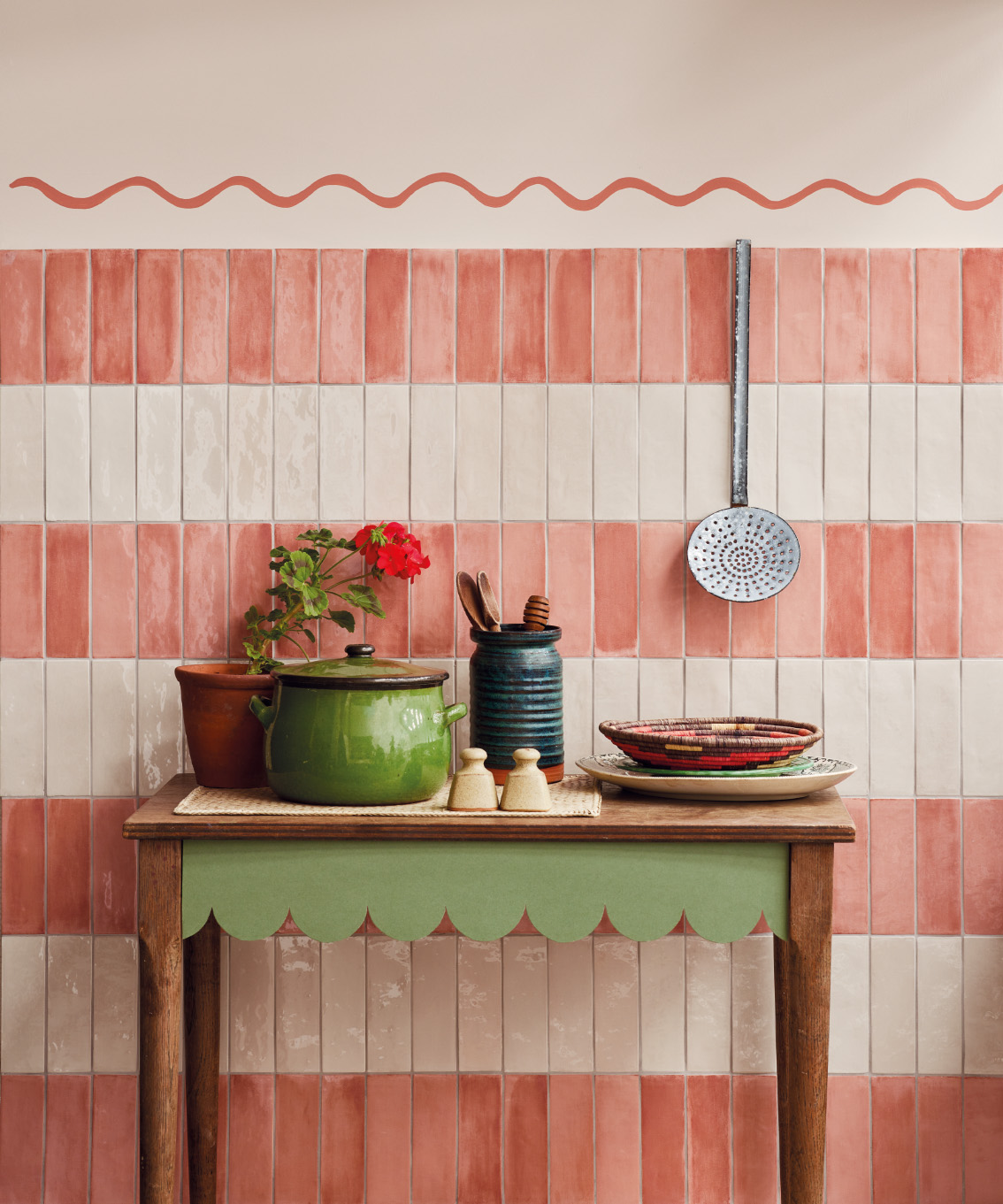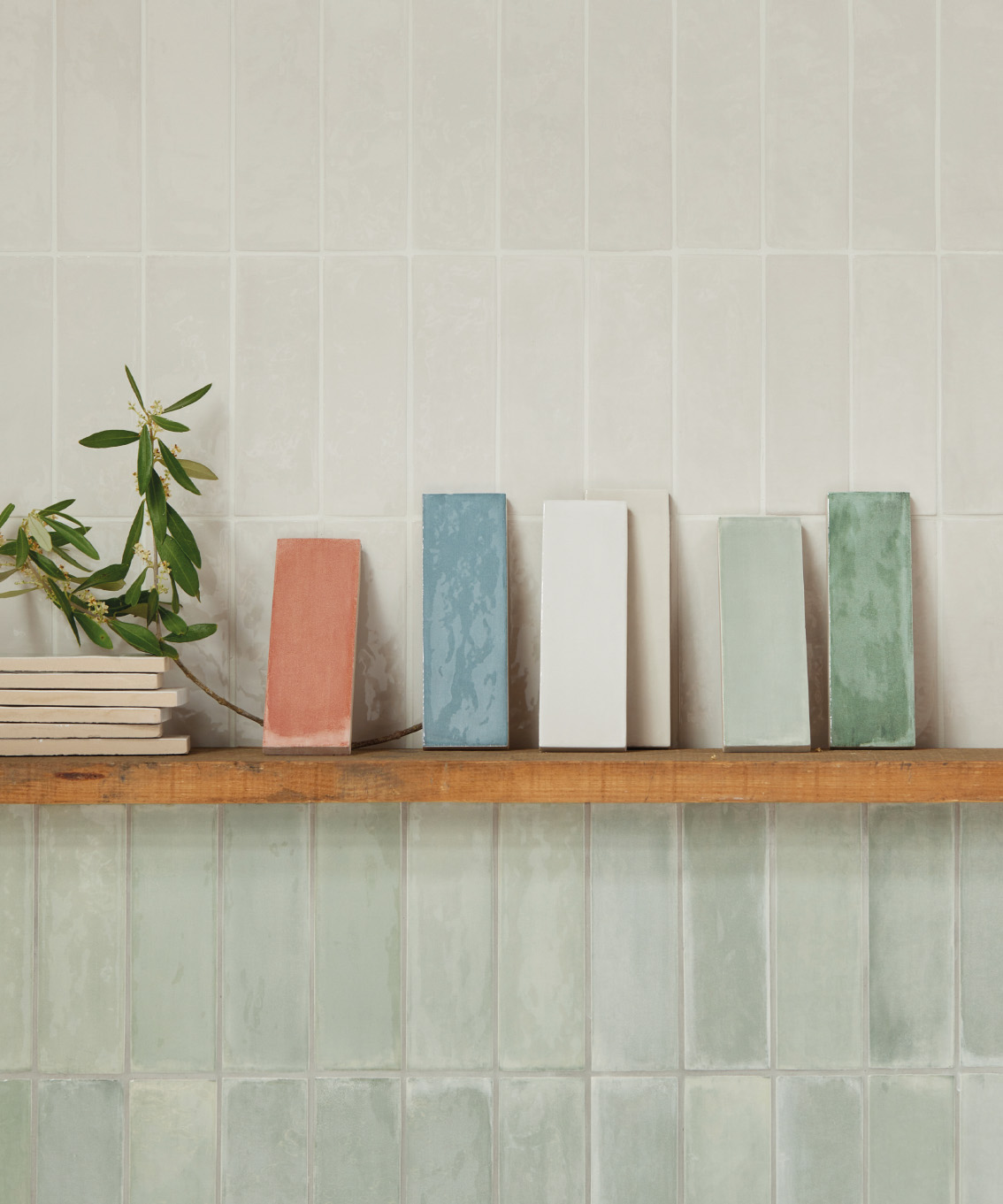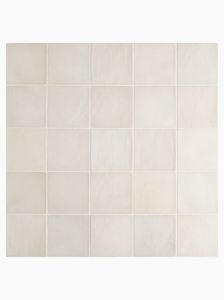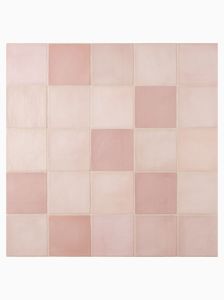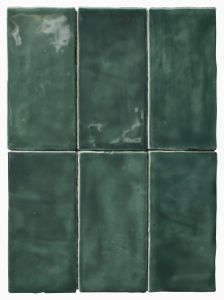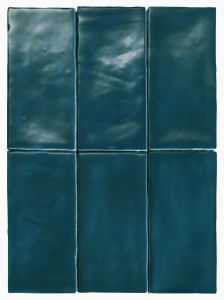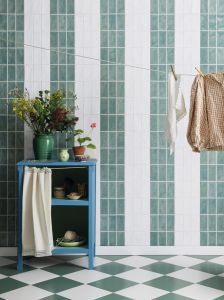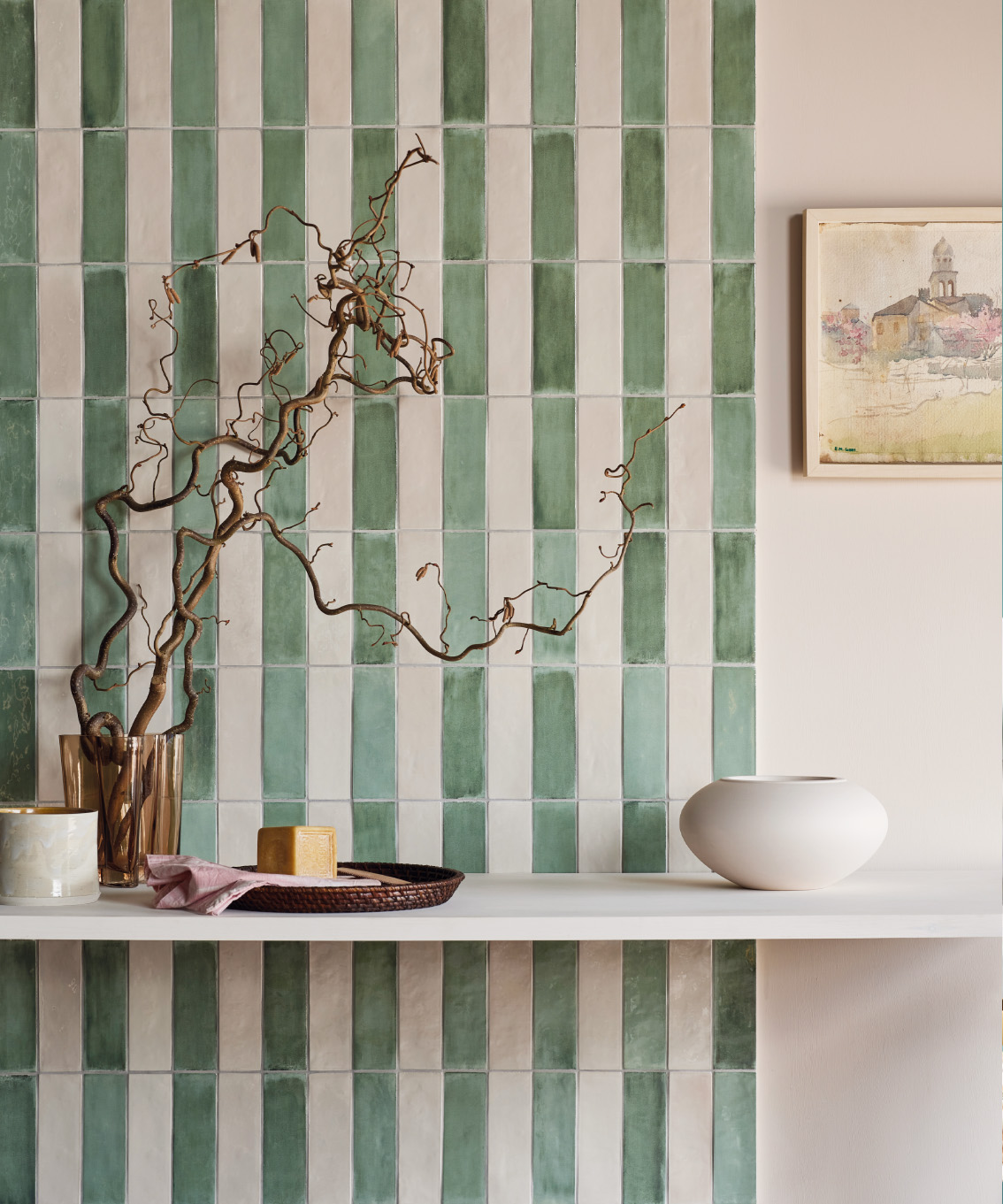
Moorish style is just so....moreish
When decorating a room many of us have either a strong conceptual theme in mind, an idea of the colours and finishes we wish to incorporate or at the very least, a thought as to what new look inspired us to start the refurbishment. This doesn’t mean a slavish following of a certain genre. Although many seaside or coastal properties are decorated in white and blue for example, most avoid displaying actual flotsam and jetsam, or fishing nets and lobster pots. A popular style in decorating is often described as Moorish or Moroccan, although whether this is literal and factual is open to a design debate. To most clients it means using pattern and colour with freedom; in luxurious finishes like velvets for cushions and upholstery. Furniture, which could be wood or metalwork, is often low and ornately carved. Doorways are curved, adding to the exotic feel. The blues and greens of the ocean mix with rich reds and warm clay tones within the look.
Key elements are glazed tiles and mosaics, often seen on pillars and walls throughout public and private spaces, and Zellige forms part of this tradition.
The use of Zellige, a type of mosaic made from hand-chiselled pieces often forming geometric motifs, goes back millennia. The natural clay utilised is unique, sourced from the area around Fez in the northern part of Morocco. This unrefined material is mixed with water and hand moulded, before being left to dry out in the sun and warm air. Then they are kiln fired and glazed one by one, before a second kiln firing. This hand finishing and glazing means each is distinct in terms of surface undulation and colour. The tiles are then hand shaped. If you’ve ever seen someone flint knapping (shaping of natural flint to create tools or building decoration by hand) then the final process of forming the tiles appears somewhat similar – a highly skilled job. The Claybrook Crew witnessed these production techniques first hand in order to more fully understand this beautiful method and tradition.
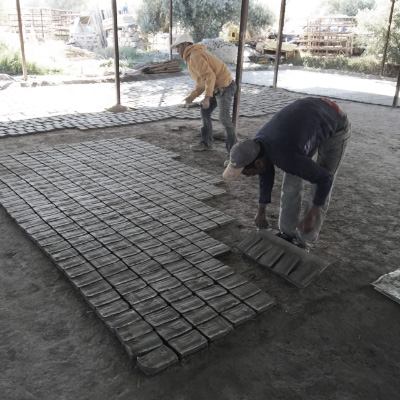
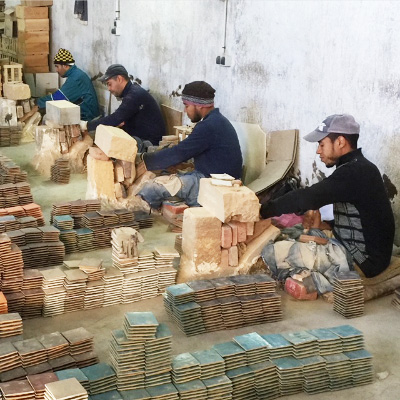
With the time and effort inherent to this production, costs for this stunning option of tiling are always going to be prohibitive for some clients. We therefore set about understanding how to replicate the look but at far less expense, yet without destroying the essence of the design style.
Porcelain and ceramic techniques have improved immeasurably over the last 20 years when it comes to reproducing natural materials in tile form. We wanted to create ranges that had all the appeal of real Zellige, with a little less of the worry associated with fitting, which can be tricky with this hand chipped tradition. Porcelain also offers a truly economical solution.
Moulay, named after a location we visited on our Moroccan adventure, is a glazed wall tile series which has colour variation from tile to tile in each of the three shade options. Each of them would work well in either a kitchen or bathroom as a decorative solution.
Named after the famed writer and film director, our Italian-made Fellini brick shaped porcelain tiles are also redolent of hand crafted Zellige. Each of the six choices varies slightly in terms of glaze shading and depth of pigmentation within the colourway. As they are individual tiles they can be laid according to the style required, including a mix of two shades like the beautiful kitchen space seen here.
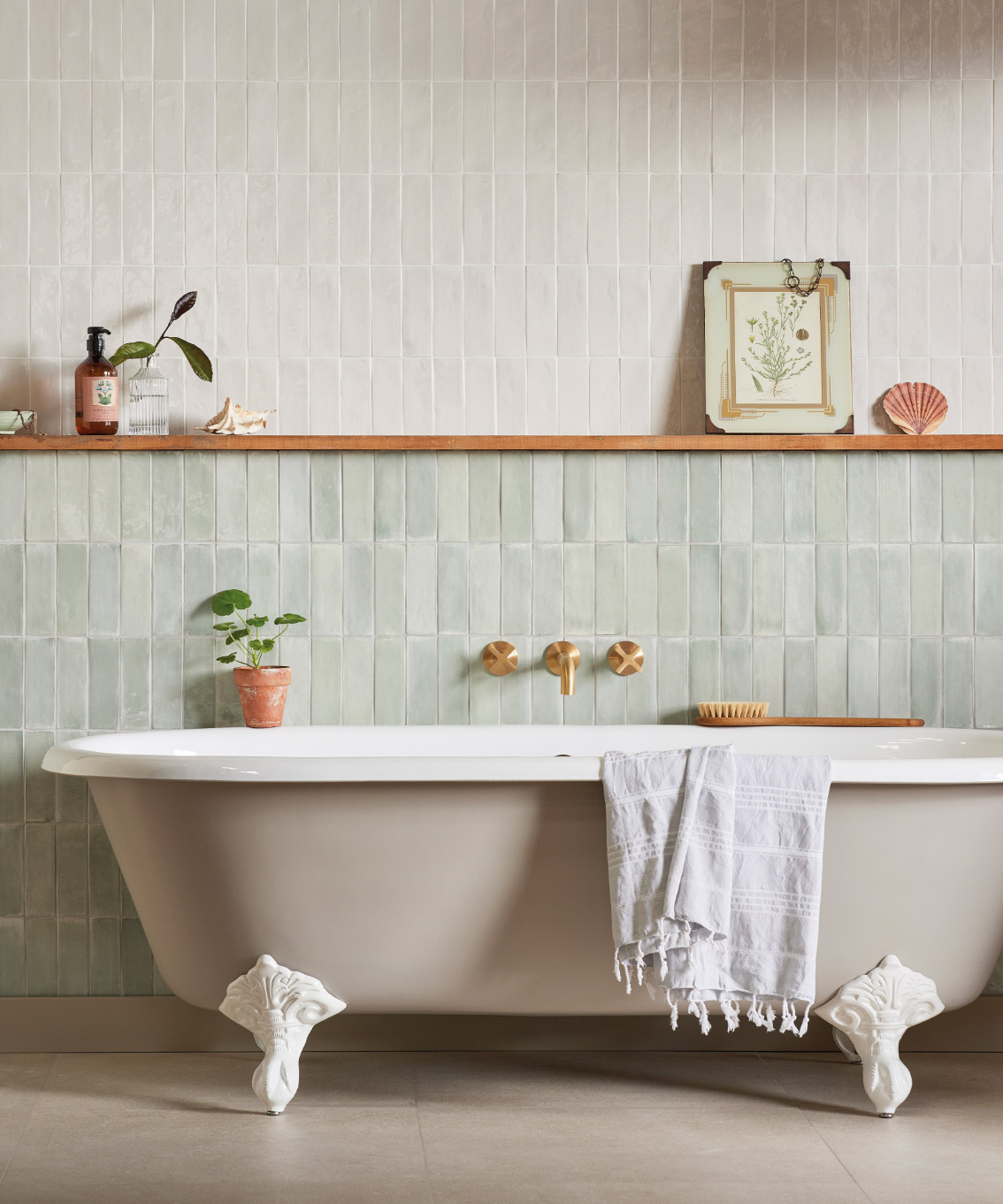 Fellini Oliva and Bianco (Washington bath painted in Fishing Bivvy, Bournbrook taps, Conchology Sand floor tiles)
Fellini Oliva and Bianco (Washington bath painted in Fishing Bivvy, Bournbrook taps, Conchology Sand floor tiles)

